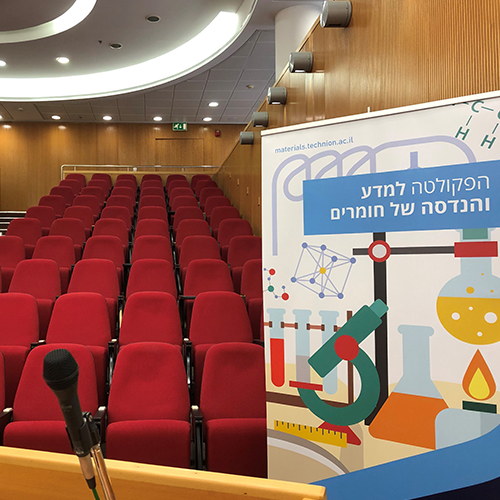
Dr. Ofer Neufeld
18/01/2024
David Wang Auditorium, 3rd floor Dalia Meidan Bldg.
14:30
In recent years highly nonlinear optics has paved the way to novel material spectroscopies such as all-optical band-structure reconstruction, probing exciton formation and recombination in real-time, and tracking ultrafast phase transitions (both structural and electronic). In this approach, intense laser pulses irradiate a sample, triggering non-perturbative responses such as high harmonic generation (HHG), photoionization, etc.; which can be analyzed to obtain information about the sample and out-of-equilibrium dynamics occurring within it. However, in order to extract information from spectra, one requires a deep understanding of the mechanisms generating the response (i.e. connecting microscopic structure to observables), and a proper comparison between theory and experiment. I will discuss this fundamental issue in the context of ab-initio methodologies and present our recent work on probing material topology with HHG, and Floquet light-driven phases of matter with photoelectrons. I will show that material topology is not imprinted onto spectra in a straightforward manner, and that its typical contribution to HHG is rather weak, contrary to the common conception in the field. On the other hand, I will show that Floquet phases of matter can be probed very effectively with photoelectrons and are expected to strongly affect ultrafast material responses. Lastly, I’ll show that strong-field laser irradiation allows inducing, and probing, attosecond magnetic responses, which are the fastest magnetic responses predicted to date.


